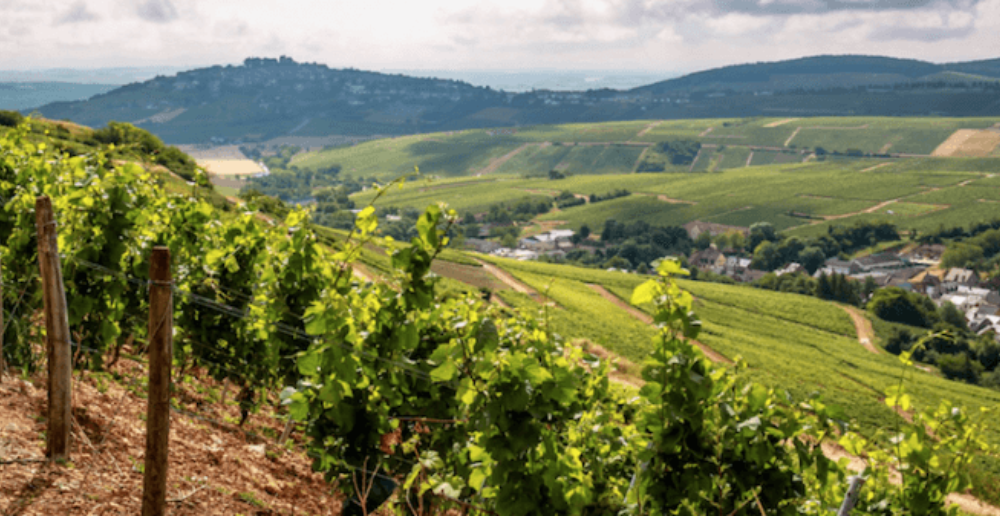Master of Wine and Certified Specialist of Spirits Jennifer Simonetti-Bryan introduces us to Sauvignon Blanc — a noble white grape celebrated for its bright acidity, light body, and distinctive herbal character.
What is Sancerre?
Sancerre is a renowned wine appellation in the Loire Valley of France, celebrated for producing some of the most elegant expressions of Sauvignon Blanc in the world. Its cool climate, limestone-rich soils, and skilled winemaking result in crisp, mineral-driven wines with citrus, floral, and subtle stone fruit notes.
What Grape is Sancerre?
All white wines labeled Sancerre are made from 100% Sauvignon Blanc grapes. This grape thrives in Sancerre’s terroir, producing wines with vibrant acidity, layered flavors, and a signature wet-stone minerality that sets them apart from other regions.
Red and rosé Sancerre are crafted from Pinot Noir, offering light-bodied, elegant expressions with bright berry flavors.
While styles vary, over 80% of Sancerre production is devoted to its iconic white Sauvignon Blanc. This grape is grown globally, and Sancerre is considered one of its most classic and refined styles.
Sancerre Pronunciation
If you’ve ever wondered how to pronounce Sancerre, it’s “sahn-SAIR” — smooth and elegant, just like the wine itself.
Origins of Sauvignon Blanc
Though often linked to Bordeaux, Sauvignon Blanc’s earliest documented history traces back to the Loire Valley in the mid-1500s. This northwestern French region benefits from cool Atlantic breezes and the moderating influence of the Loire River, which allows grapes to ripen fully while retaining their fresh, vibrant acidity.
Flavor Profile
Sauvignon Blanc offers a spectrum of styles:
- Sancerre (Loire Valley) — Citrus, quince, delicate florals, and a distinctive minerality.
- Broadly labeled French Sauvignon Blanc — Fruit-forward with ripe pear, melon, and citrus.
- California — Honeydew melon and riper fruit tones.
- New Zealand — Tropical passionfruit with zesty aromatics.
- Bordeaux — Sometimes blended with Sémillon for a richer texture.
Food Pairings
Sauvignon Blanc’s brightness makes it one of the most food-friendly wines:
- Goat cheese
- Fresh seafood (oysters, scallops)
- Light vegetable dishes with herbs
- Salads with citrus vinaigrette
The Takeaway
From the fruit-forward charm of everyday Sauvignon Blanc to the refined elegance of Sancerre, this grape offers something for every palate. Whether you’re learning what makes Sancerre special, which grape it’s made from, or even how to pronounce it, the key is to explore and taste — because each bottle tells the story of its terroir.

